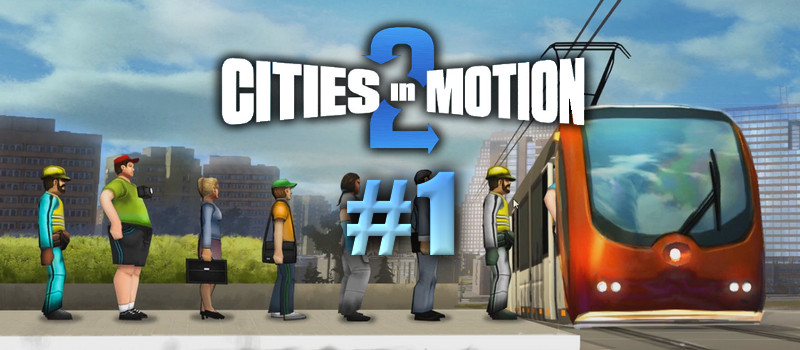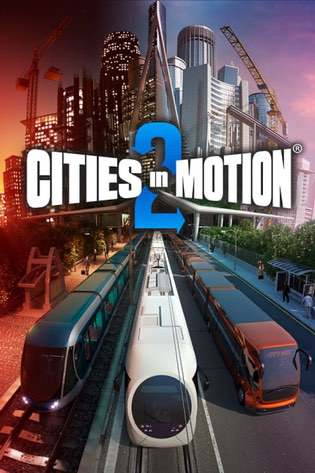

“We decided to go for a more minimalist solution that we would be more hands-on with, so we made an in-house framework for this. “If the package doesn’t do precisely what we need, we’re likely better off implementing our own,” says Morello. Ultimately, the experience served, more than anything, as a tool for the team to learn what it wanted instead. “NGUI and Daikon Forge stood out it was interesting to see how different people approached implementing a GUI in Unity, as it was one of the most lacking features at the time.” “At the very beginning of the project, we evaluated different GUI solutions present at the time,” says programmer Damien Morello. “Unity's profiler has been one of the more useful tools, and we also very much appreciated the added 64bit editor support.”įor Colossal Order, the Unity Asset Store proved rather useful in speeding up the prototyping phase. “The changes to Unity 5 from 4.x are obviously bigger than they would be in a minor release, but Unity's API migration tools made this step a walk in the park,” says Hallikainen. To get the most of its software, the team at Colossal Order switched over to Unity 5 at a late date in the beta phase – and has never looked back. “Unity's flexibility provided us a robust and powerful framework/engine to build upon,” says Hallikainen. The team turned to Unity because of its previous success in developing Cities in Motion 2 with the platform. We’re looking forward to working on Cities: Skylines in the future, as we have many ideas left.” “As we couldn't make the game big, we had to figure out how to make it shine. “The biggest challenge was to create our dream game with very limited resources,” says Hallikainen. To make ends meet, they outsource some art, along with the audio and music.

The team is now 13 large at Colossal Order, which is the biggest it’s ever been – in fact, they were only nine until last October.

Suffice it to say, SimCity fans should be in for a treat. You can map out and name specific districts, set tax rates, and add specific policies (a non-smoking suburb, perhaps?). You’ll need it all for an effective metropolis – schools, fire departments, police departments, trains and hospitals, to name but a few. Of course, you’re not all alone in the big city: icons pop up over homes showing what they’re missing (read: water, power), and as you hit population milestones, more options open up.


 0 kommentar(er)
0 kommentar(er)
